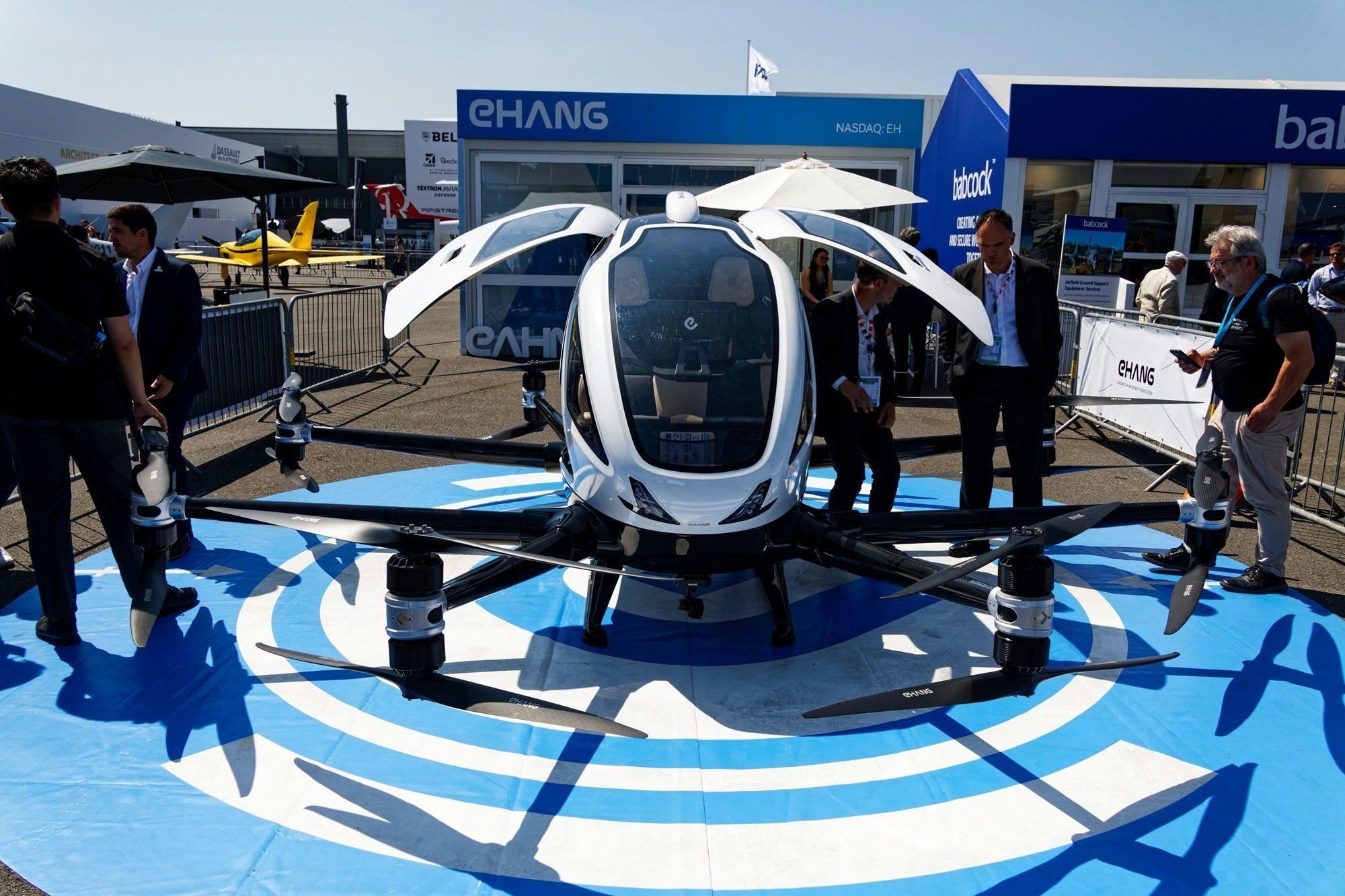
AeroGenie — あなたのインテリジェントな副操縦士。
現在のトレンド
Categories
Why No U.S. Airlines Operate the Airbus A380
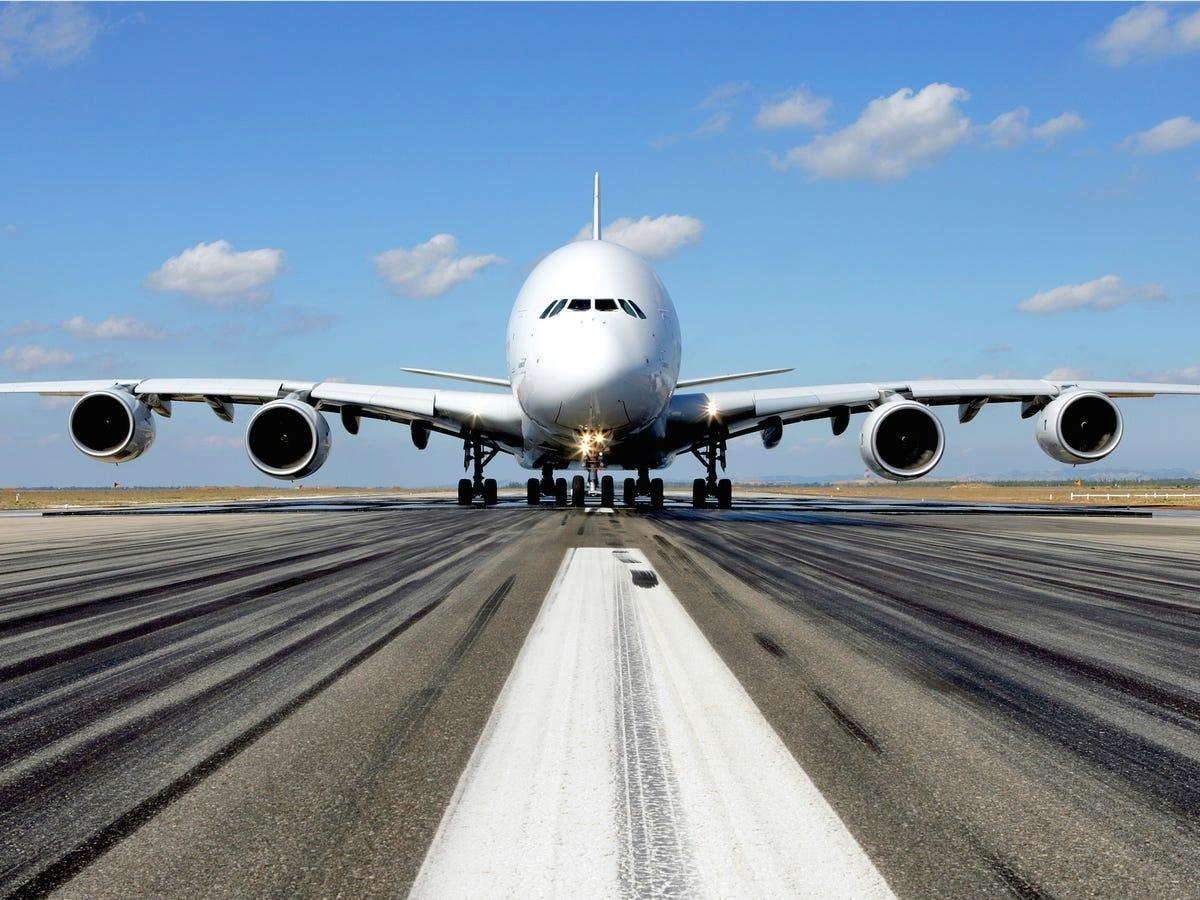
Why No U.S. Airlines Operate the Airbus A380
Despite hosting some of the world’s largest airlines, no U.S.-based carrier has ever operated the Airbus A380, the world’s largest passenger aircraft. This contrasts sharply with the historic embrace of the Boeing 747 by Pan Am in 1970, which helped define the era of the jumbo jet. Even United Airlines, which maintains the second-largest widebody fleet globally after Emirates, never placed an order for the A380. In fact, no airline in the entire Western Hemisphere—including those in Canada, Mexico, Central America, or South America—has chosen to operate the Superjumbo. The question remains: why did the A380 fail to gain traction in the U.S. market?
Market Focus and Fleet Strategy
The U.S. aviation industry is predominantly shaped by carriers with a strong domestic orientation. Among the approximately 14 major U.S. airlines, most focus on short- and medium-haul routes within the continental United States and to nearby leisure destinations such as the Caribbean. For instance, Southwest Airlines, the fourth-largest U.S. carrier by fleet size, operates exclusively narrowbody Boeing 737 aircraft and does not serve Canada due to system limitations. Alaska Airlines follows a similar operational model, while low-cost carriers like Allegiant, Spirit, and Frontier rely almost entirely on Airbus A320 family jets. JetBlue and Breeze Airways also operate smaller, single-aisle aircraft.
Only three U.S. airlines—American, Delta, and United—possess the international reach and widebody fleets that could theoretically support an aircraft like the A380. However, even their long-haul operations are limited in scale compared to global giants such as Emirates or Qatar Airways. Hawaiian Airlines, which operates widebodies including the A330 and 787, maintains a niche network but has recently faced market challenges, exemplified by the suspension of its Boston route.
Dispersed Hubs and Network Complexity
Unlike Middle Eastern carriers that channel global traffic through centralized hubs, U.S. airlines operate from multiple, geographically dispersed hubs to serve the vast continental market. This decentralized network structure complicates efforts to consistently fill the A380’s 500-plus seats on any single route. The U.S. airline model prioritizes frequency and operational flexibility over sheer capacity, leading carriers to favor smaller widebodies such as the Boeing 777 and 787, which better align with their route structures and passenger demand.
Regulatory and Safety Considerations
Beyond market and operational factors, regulatory and safety issues have also influenced the absence of the A380 in U.S. fleets. Recent inflight incidents involving the aircraft prompted Airbus to investigate a slat bonding defect, raising safety concerns that may have deterred potential operators. Additionally, the regulatory environment in North America has become increasingly complex. The U.S. Department of Transportation has threatened to impose restrictions on Mexican airlines and reconsider the Aeromexico-Delta joint venture amid disputes over open skies agreements. These uncertainties add further risk for airlines contemplating significant fleet investments.
Conclusion
The absence of the Airbus A380 from U.S. airline fleets results from a confluence of factors: a predominantly domestic market focus, dispersed hub operations, evolving safety concerns, and a challenging regulatory landscape. Collectively, these elements have rendered the Superjumbo ill-suited to the unique demands of commercial aviation in the United States.
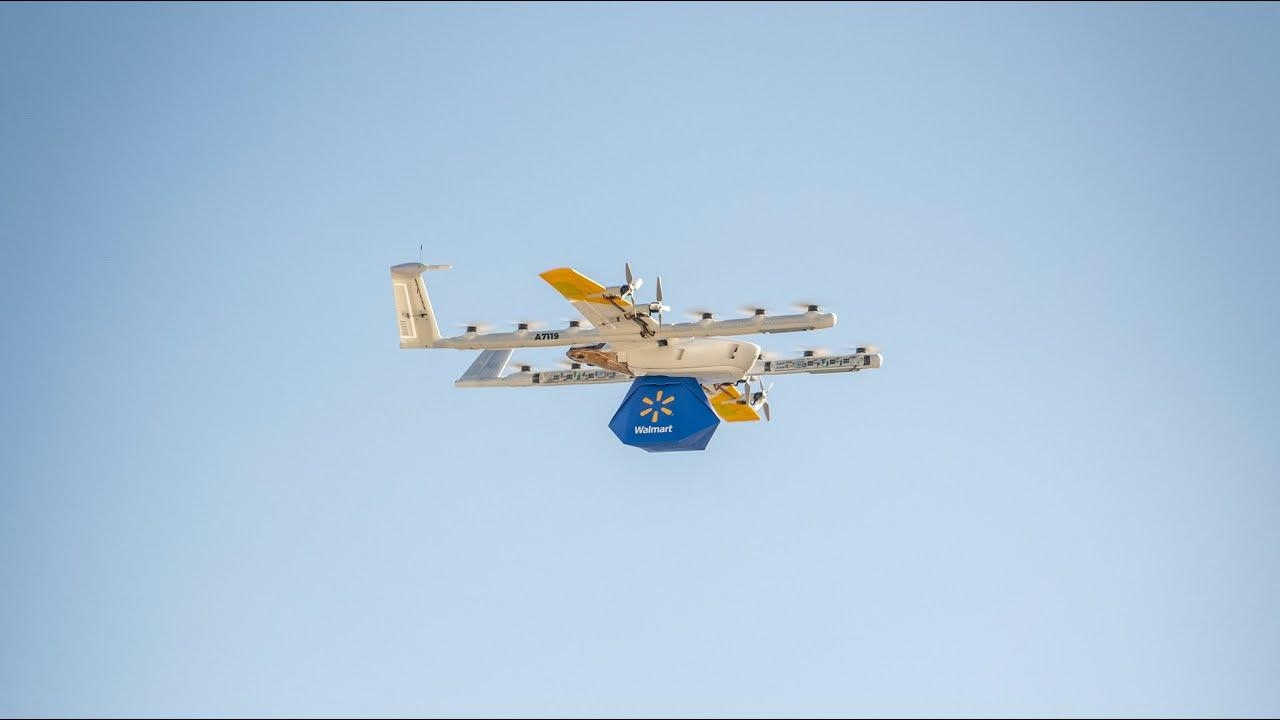
Concordia Partners to Advance Drone and E-Aircraft Technology

Sarla Aviation to Invest ₹1,300 Crore in Aerospace Facility in Andhra Pradesh

Passengers Respond Positively to Airline’s AI Flight Attendant
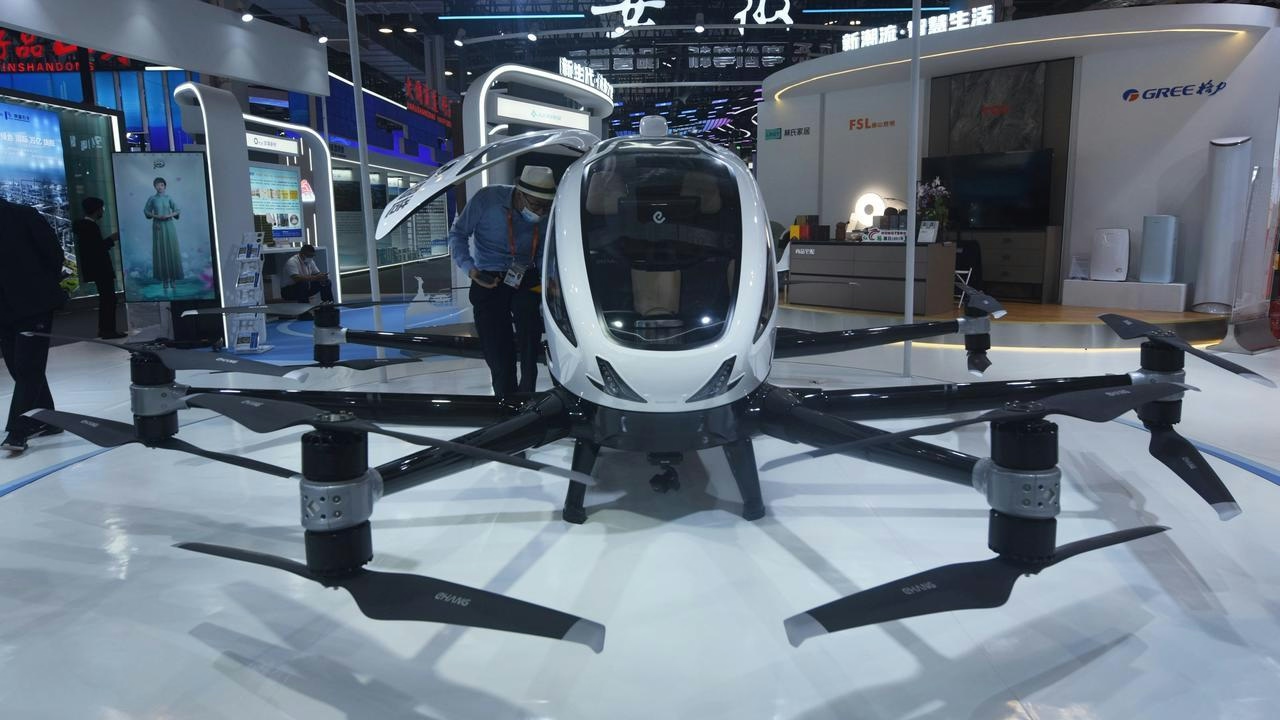
EHang Completes Pilotless eVTOL Air Taxi Trials in Doha
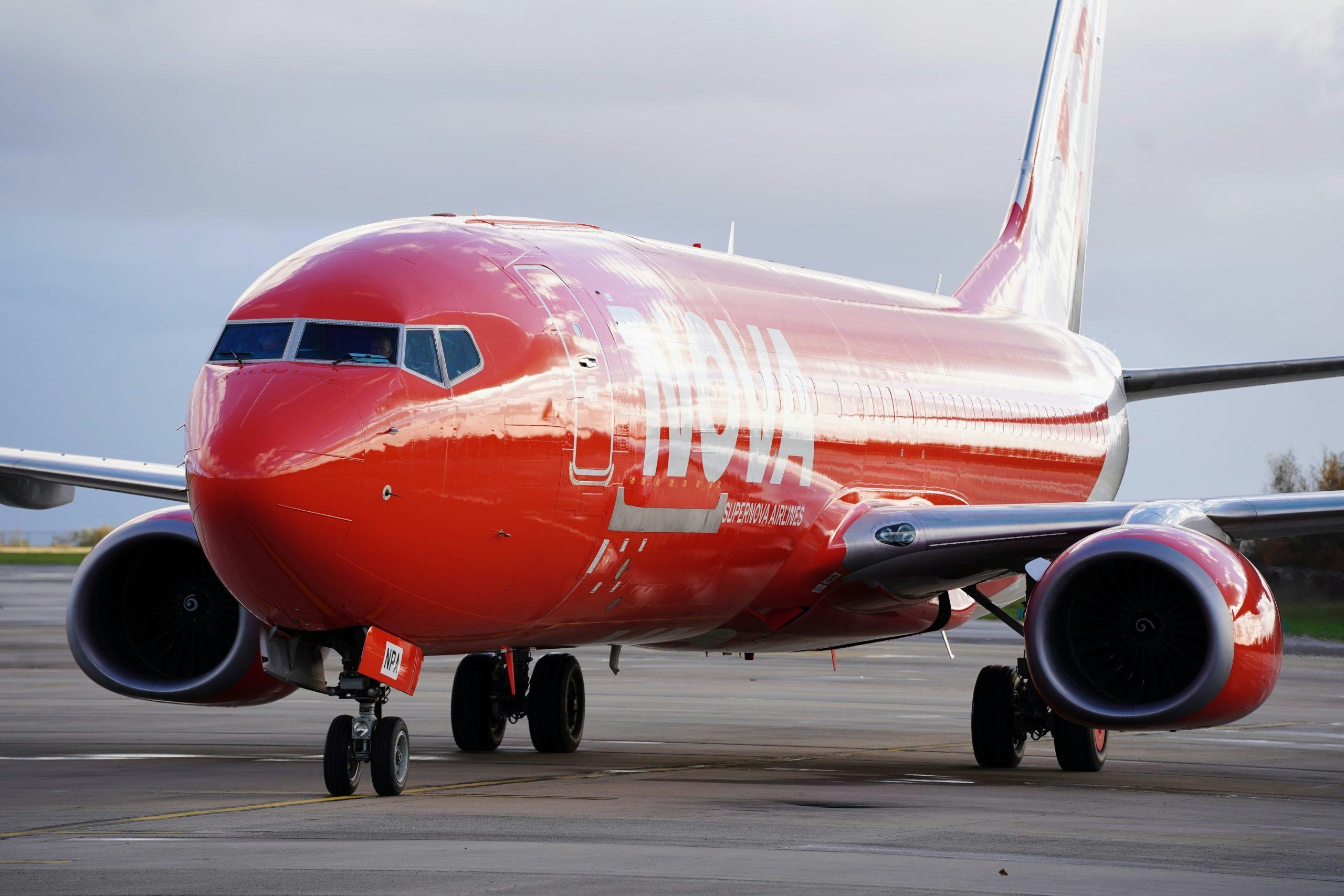
Supernova Airlines opens new Liege–Ostrava cargo link, strengthening European supply chains
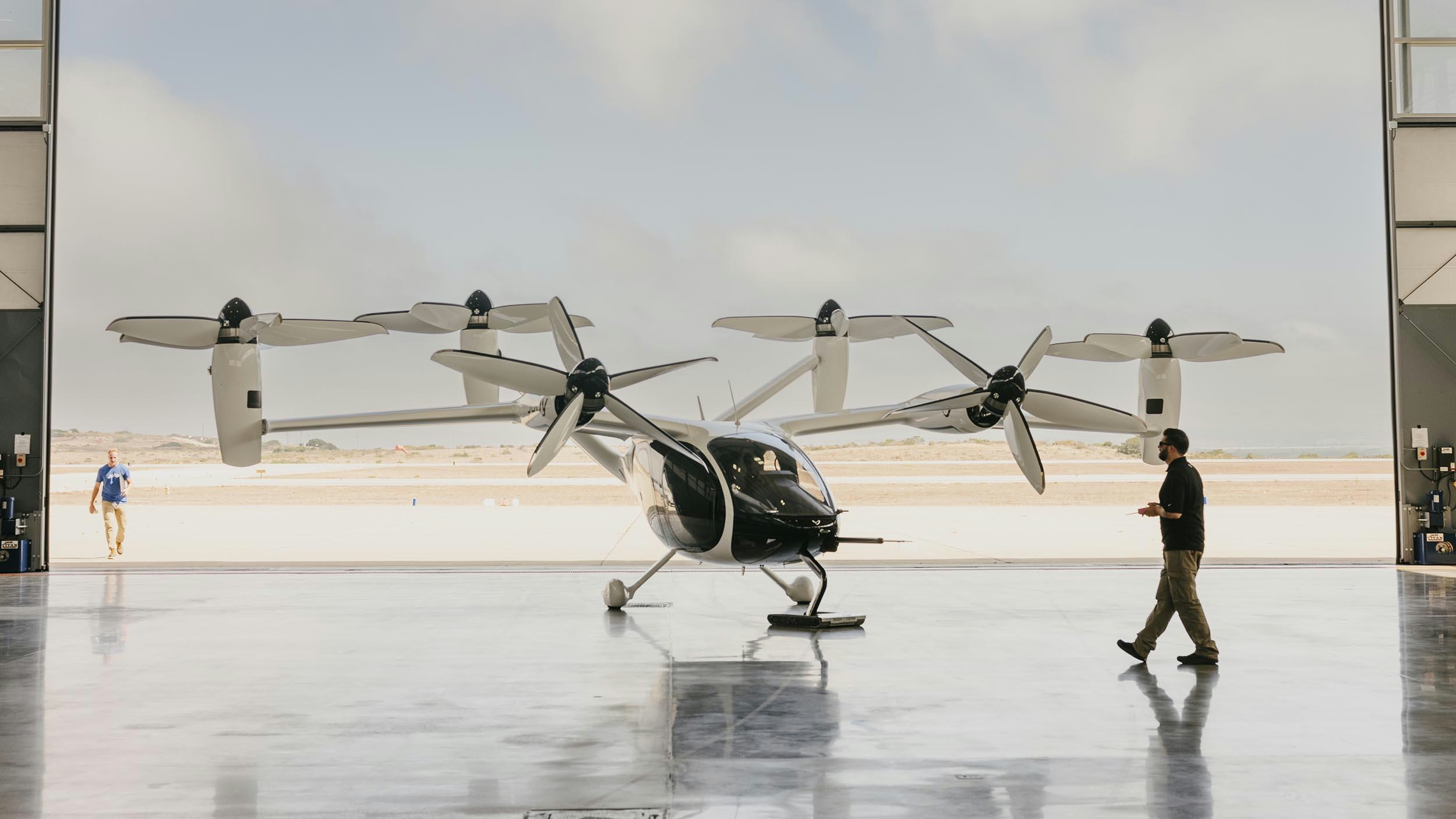
Joby Outlines Dubai Air Taxi Plans Ahead of FAA Certification

Air Travel Expands as Tampa Bay Seeks Solutions to Traffic Congestion
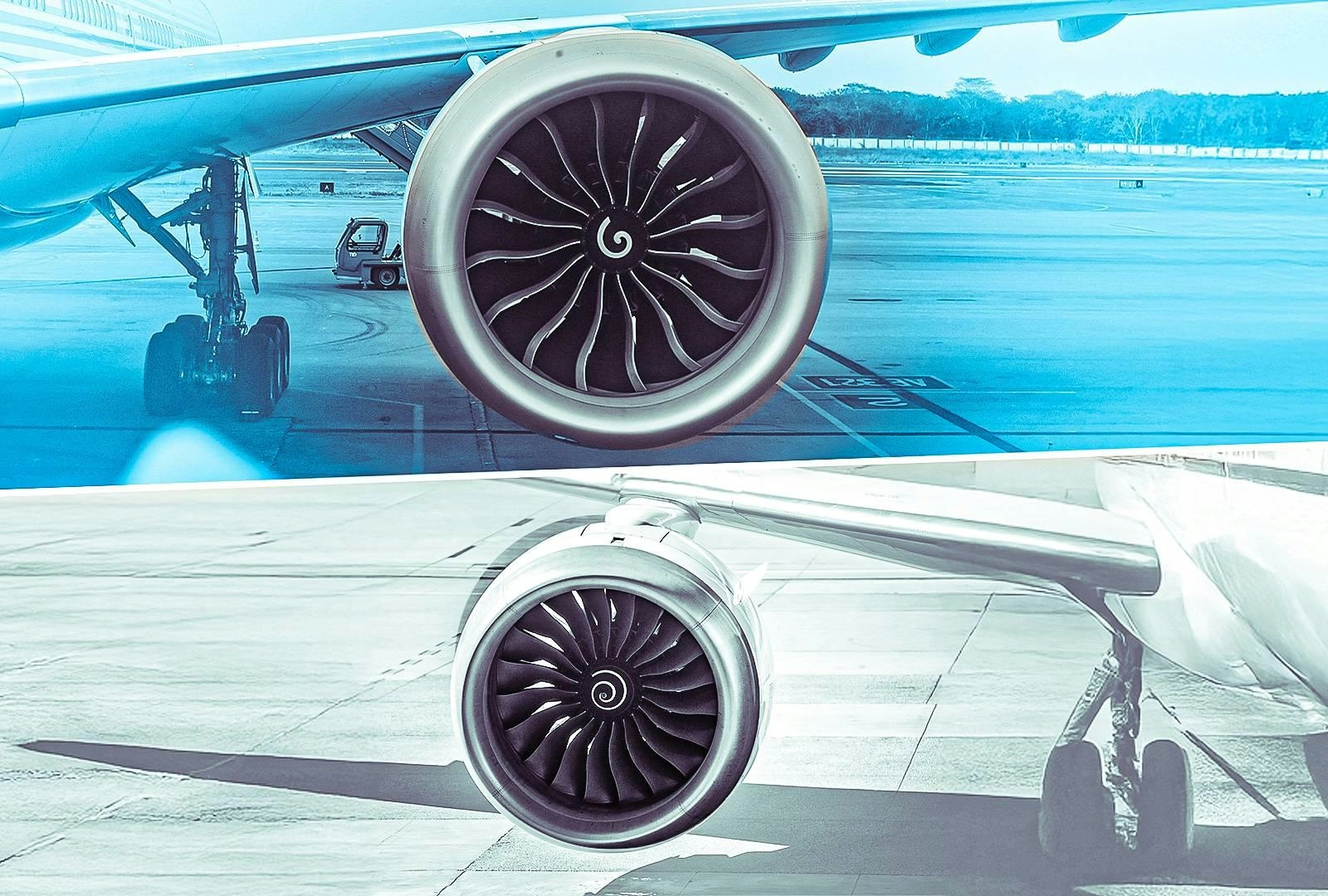
flydubai Signs Agreement with GE Aerospace for 60 GEnx-1B Engines

FG Highlights Investment Opportunities to Modernize Nigeria’s Aviation Sector
